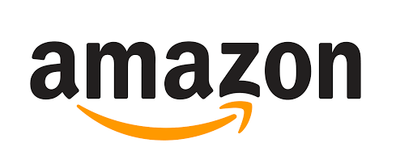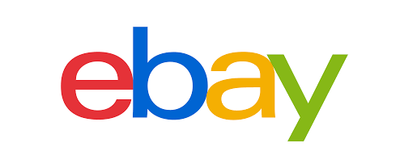PAR meters are a critically important tool for plant growing They provide data about the total amount of photosynthetic light being transmitted to the sensor and plant leaves.
LUX or Light meters on the other hand, which are cheaper, provide data about how human eyes perceive light. LUX measures lumens which is for humans. PAR meters measure PPFD which is for plants.
To understand the true value of a PAR meter versus a LUX meter it is important to understand how photosynthetic light differs from visible light. Plants "see" light differently than humans do. Studies have shown that plants benefit from light wavelengths between 400 to 700 nanometers. Visible light on the other hand includes more wavelengths from 380nm to 740nm. When measuring photosynthetic light those extra wavelengths above 700nm and below 400nm are excluded. The total quantity of light is called PPFD; Photosynthetic Photon Flux Density.
Want to learn on video? LUX vs PAR.
A LUX meter cannot supply accurate PPFD because they do not contain a quantum sensor. We are now seeing many more light meters making false claims of being PAR meters. Beware and do research to assure that the meter you are considering has an authentic quantum PAR sensor.

PAR is measured using a specially calibrated sensor which measures quantum flux. Quantum flux is the amount of photosynthetic light hitting the sensor and is displayed in UMOLs/ms. Reading a PAR meters screen will display the total amount photosynthetic energy and can be interchangeably called PAR (photosynthetic active radiation), or PPFD (photosynthetic photo flux density). Both terms means the same thing relative to reading PAR meters.
There is a third measure which can be confusing when comparing a grow lights energy output. Many manufacturers will advertise a term called PPF. PPF (photosynthetic photon flux) is a laboratory measurement. It has very little to do with the amount of PAR or PPFD that a PAR meter will read. Higher PPF numbers do equal higher amounts of potential light output but it can also be misleading based on the lights total shape and size.
It is best to focus on PAR/PPFD because that is the amount of valuable light the plants are receiving.
We know from experience how much light should be provided to various plant types to maximize their growth. These light levels vary based on the plants age and sensitivity to light.
Cannabis for example has several life stages. The seedlings/clones stage when plants are delicate and sensitive to high PPFD levels, vegetative stage when the plants are fully rooted and building size and the reproductive or flower phase when the plants mature and finish their growth then die.
Generally speaking here are the correct light levels for each stage:
- Seedlings or clones which are newly sprouted or planted: 100 umols/ms PPFD +/- 20
- Rooted clones/young veg plants: 250 umols/ms PPFD +/- 50
- Vigorous veg plants: 350 umols/ms PPFD +/- 50
- Reproductive/flowering plants (not using supplemental CO2): 750 umols/ms PPFD +/- 100
- Reproductive/flowering plants (supplemental CO2 of 1200ppm+): 1000 umols/ms +/1 100
These numbers are guidelines and not to be considered the only factor when evaluating plant health relative to light levels in your grow space. As a side note, PPFD decreases by about 50% over distance. So reading PAR/PPFD at 24" from your light will decrease to about half if you move the meter 48" away. Because PAR meters use quantum light measurement the inverse square law does not apply.
A growers experienced eye is an important addition to the mix. Plant health depends on hundreds of potential variables. But we do know from experience that when the inner most sets of new leaves are pointing directly up towards the light that the plant is happy with the level of light it is receiving. Drooping, wilted, yellowing or veining are signs of stress which may or may not be from the light being provided.
One thing to note about PAR levels is that spectrum is not being measured or considered. And spectrum does effect plant structure, growth and potency.
PAR meters will read the total amount of light regardless of the color of light being produced. So one way of looking at that is if you had solid orange diodes the PAR meter would be displaying the total amount of energy in just that range of color. Narrow spectrum Blue/Red diode mixes, sometimes called "burple" also display the PAR/PPFD energy total. And with full spectrum LEDs which produce a lot of bright white visible light, the PAR meter is reading the sum total of all of the photosynthetic light being produced.
In all cases the meter is cutting off light wavelengths below 400nm (ultraviolet) and above 700nm (infrared). Different instruments are required to read those wavelengths or an extended range PPF quantum sensor can be used. The light levels above would not apply to the extended range and would be higher.
PAR meters are an important tool for any grower. HID lights like HPS and MH have short bulb lives. The amount of PPFD will decline over time based on the number of hours the light has been operating. The light may appear bright, and it might even read high on a LUX meter but the PAR output is steadily declining.
Using a well made PAR meter which can read full spectrum PPFD is a tool which will pay off over time with healthy plants through each phase of growth.







